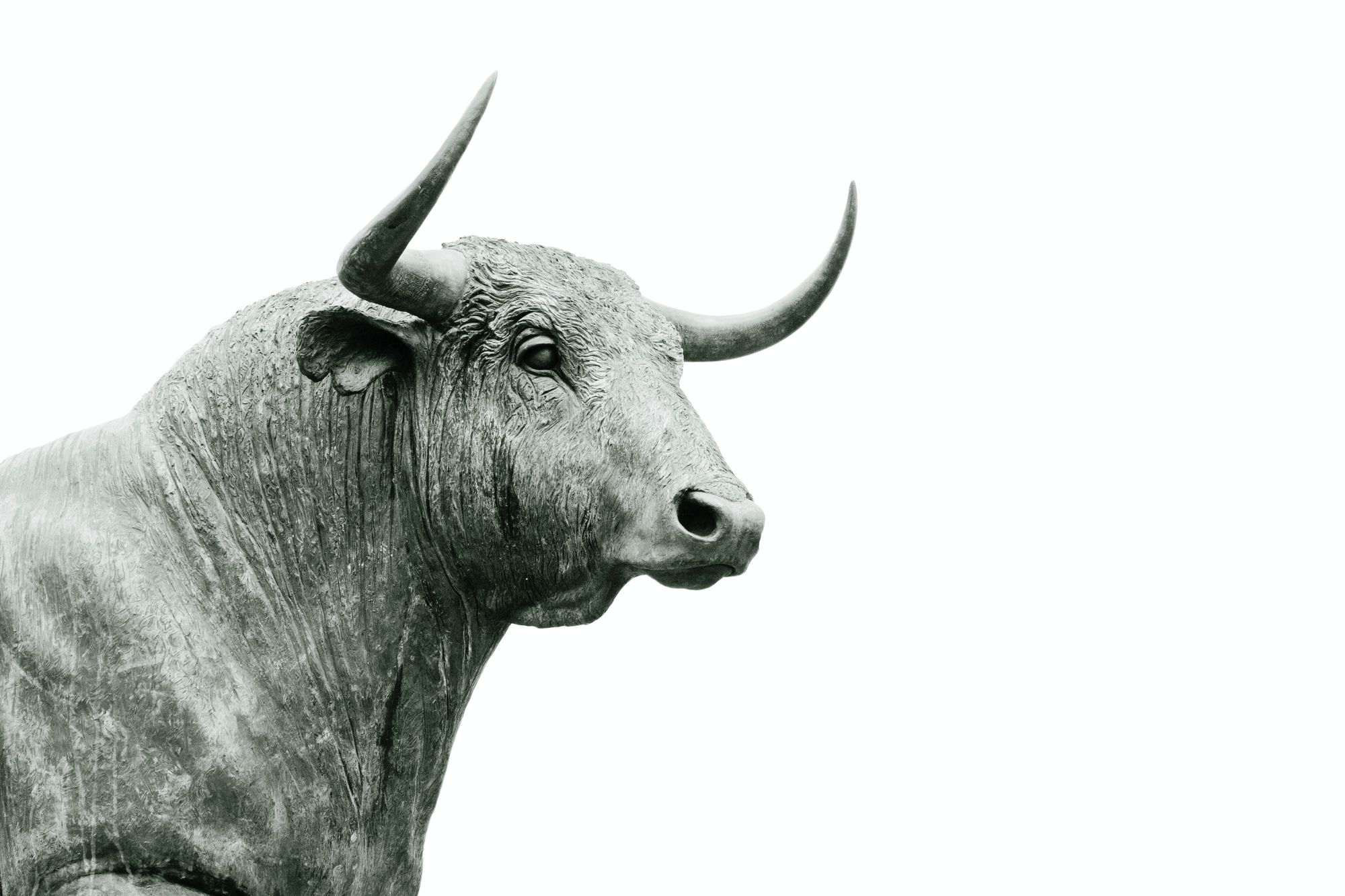
What “The Big Short” Teaches Us About How Markets Work
At the very end of 2015, the American public was ready for a feature film about the complexity of the subprime mortgage meltdown that many had lived through between 2008-2009.
The movie was based on the book of the same title, “The Big Short,” written by legendary author Michael Lewis. It sought to cover the unraveling of the United States and world real estate economies when the bubble burst, particularly at the first moments of the market crash.
What Inspired the Book and Film?
It was long believed that the value of real estate only went in one direction: up. The firmness of this conviction was unlike any other belief on Wall Street.
Both laymen and investment professionals genuinely believed that if they just put their money to work in real estate, they virtually could not lose. And this was proven true for decades. Wages would increase gradually over time, as did the population — and that increased population always needed a place to live and, therefore, they bought houses. This would inflate the housing market even higher, and a homeowner could count on seeing the value of their property rise over time.
The changes that would ultimately lead to the collapse of the housing market were multi-pronged, and it is overly simplistic to say that there was just one factor that caused the downfall. Wealthsimple.com provides a great explanation of how a multitude of forces came together to cause a general decline in prices of housing throughout the country:
- The US government wanted everyone to attain the American dream of homeownership, regardless of credit, and worked with banks to promote loans for new borrowers.
- Lenders extended home loans to high-risk borrowers, offering mortgages with unconventional terms to reflect the increased likelihood of default.
- The relaxed lending standards fueled the housing growth and corresponding rise in home values. People with bad credit and little-to-no savings were offered loans they could not afford.
- Meanwhile, banks were repackaging these mortgages and selling them to investors on the secondary market.
The Big Short explains that Wall Street took oversized bets on the stability of the housing market, and packaged these risky loans into securities that traders could gamble on. This added economic dynamite to the equation.
Teaser rates that were offered to those who could not afford a traditional mortgage suddenly started to expire all at the same time, which was a virtual countdown to foreclosure for many. Once some risky borrowers inevitably started to default on their mortgages, and the collapse was on.
Those who had bet on the market continuing to rise were suddenly out of luck, and major banks and insurance companies began to falter and fail.
The Hero of the Movie, and Why People Still Short Markets
The hero of the movie is a man named Michael Burry, who’s famous for having correctly predicted that the real estate market was going to crash. He had to fight against a myriad of people and institutions that mocked him and his ideas about the market.
He ran a firm known as Scion Capital at the time, which had a lot of investors who didn’t believe in what Burry was doing. Some rebelled against him and wanted to pull their money. He resisted their calls to pull their money, ultimately resulting in them earning huge returns against their will
What Burry did is what is known as a “short.” This is when an investor bets against the value of a particular asset. Essentially, the investor who takes out a short position is selling the asset at its current price with the hopes that the price will decline going forward. If the price declines, then the investor purchases back the asset at a lower price to replace the asset that they sold, and they pocket the difference between those two prices. Of course, if the value of the asset increases, the investor is on the hook for replacing the asset anyway and can lose money as the value climbs.
Shorting any asset carries a lot of risk with it as the potential for losses is theoretically unlimited. There is no ceiling on how much the value of an asset may increase. Thus, the move that Burry made required extreme certainty that he would be right. This was against the prevailing winds of the market that suggested that he was absolutely wrong.
To this day, traders are still shorting assets in the market in the hopes that they will find something overvalued and earn profits as it declines. Think about people who shorted companies like Enron, Blockbuster, JCPenney and the like. They made a lot of money for themselves as those companies faded into oblivion.
Sometimes, going against the common wisdom of the market is exactly what is called for in order to achieve optimal results, and that is exactly what Burry and The Big Short show us is possible.